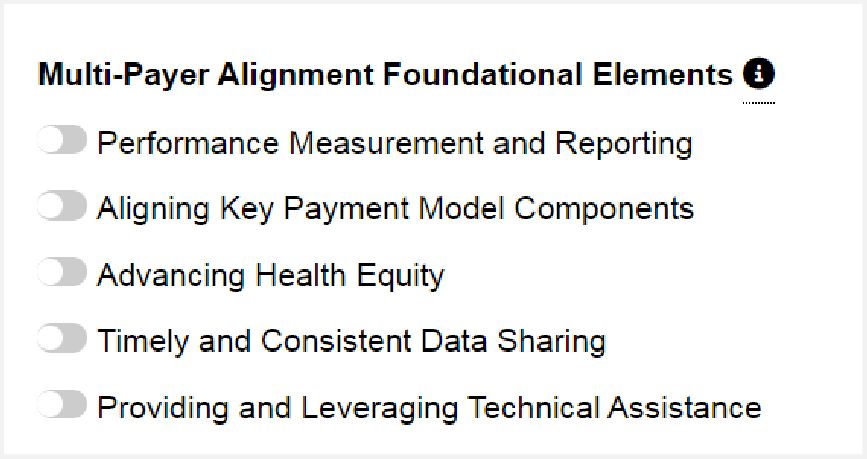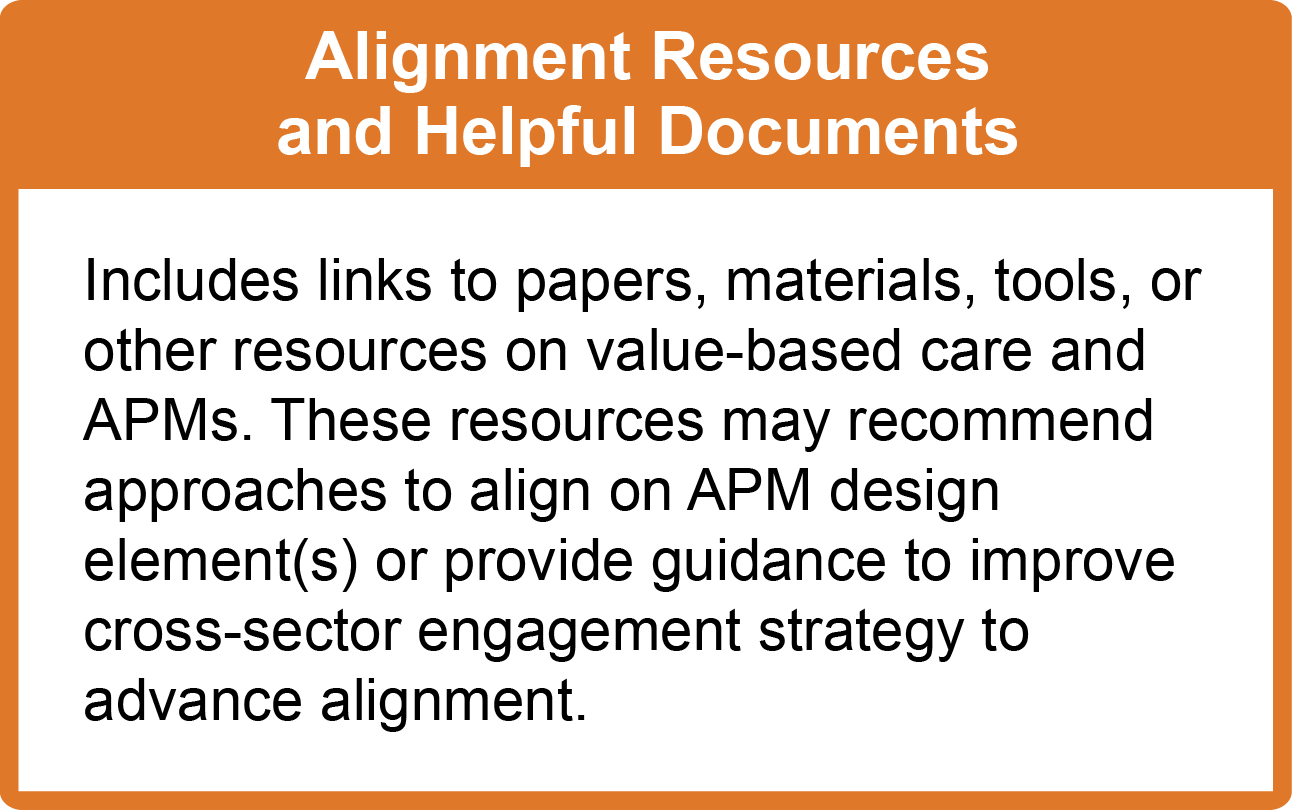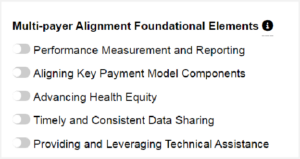Aetna on the Move with Alternative Payment Models
- February 22, 2016
- Posted by: Health Care Payment Learning & Action Network
- Categories: Interview, Participant Spotlight Interview

“We can’t just change payment models and expect care providers to succeed. We need to supply the people, processes, and technology that will support them in their journey forward.” – Dr. Charles Kennedy
Healthagen, a subsidiary of Aetna, has been actively involved in the LAN since the network’s inception. CAMH talked recently with Charles Kennedy, MD, who serves as Healthagen’s chief population officer. Dr. Kennedy is responsible for the company’s population health management (PHM) strategies, working with health systems and provider organizations to design and implement PHM programs. Also a member of the Health Care Transformation Task Force, he served as a panelist at the October 26, 2015 LAN Summit. CAMH talked with Dr. Kennedy about Healthagen’s initiatives in alternative payment models (APMs) and population health management.
Kennedy: Our industry is in the midst of a profound shift from fee-for-service, or volume-based care, to value-based care. Health plans are important drivers of that change. To support the transformation, Aetna set up a separate division, Healthagen, offering health and technology services to providers, payers, employers, and consumers. We’re bringing together a wide range of payer-neutral PHM solutions and health information technology capabilities, all designed to improve care quality, control health care costs, and engage consumers in their own care.
Aetna’s most recent transformational initiative is our planned acquisition of Humana. Our interest in combining is driven significantly by Humana’s focus on Medicare Advantage (MA). If we look at the success of MA as a value-based part of our health care economy, the potential for moderation in health care costs is compelling. By integrating what Humana has done on the MA side with what Aetna has done on the commercial side, we can be better-positioned to support a transition to value-based health care.
Kennedy: APMs have been Aetna’s focus for many years, starting with Healthagen and Accountable Care Solutions (ACS), a division underneath the Healthagen umbrella. ACS has successfully built more than 72 ACO relationships with providers, growing from very small numbers in 2011 to more than 2 billion dollars in revenue today. We’re committed to similar APM goals as the LAN: We plan to maintain 75 percent of our medical spending in value-based contracts by 2020.
Kennedy: To reach meaningful APM goals, it’s important to define the core components of value. The easiest way is to look at value through two separate, yet connected, perspectives.
The first perspective is monetization. That means we must create payment methods that reward care systems for efficiencies and effectiveness—incentives that have been absent in a volume-based model.
This is no small task. Part of the transformation requires a move to population-based health, where we look not only at care provided on an individual level but also at the overall performance of a health care system in serving the population of patients for which it’s accountable.
The second tightly related, but separate, perspective is enablement. That means that we can’t just change payment models and expect care providers to succeed. We need to supply the people, processes, and technology that will support them in their journey forward.
Kennedy: The challenges are threefold. First, we need new measures that help providers improve in delivering value-based care. We have lots of quality and cost metrics, but value requires the interplay between these two factors. Value equals quality over cost.
Second, as we help providers deliver value-based care, we also need to help patients understand what value looks like and support them in its realization.
Third, we need to be mindful of timing. It’s highly challenging to be in an environment where we’re trying to manage to both volume and value. Let’s say 20 percent of payment is value-based and 80 percent is volume-based. That’s an almost impossible mix because the financial incentives run in the opposite direction. For example, readmitting patients who have been in the hospital within 30 days creates financial gain in a volume-based system but financial loss in a value-based system. So managing both payment systems simultaneously is extremely difficult, and we need to be realistic in setting timelines for the transition.
Kennedy: Payers can contribute in two key ways: by addressing the need to adapt quality measures for real-time use and by helping providers understand the true cost of delivering value-based care.
Kennedy: Most of the current performance measures used in quality programs divide the number of successful outcomes by the number of eligible patients, yielding a percentage of success. These metrics enable providers and facilities to track their effectiveness in delivering value-based care, giving them a roadmap for both implementing and monitoring improvements in quality. However, there is still a need for quality measures that can be used at the point of care.
I would like to see the LAN help in the transition from traditional quality measures, which use a retrospective and population approach, to quality measures that are usable in real-time and support value-based care for an individual patient.

















 Emily DuHamel Brower, M.B.A., is senior vice president of clinical integration and physician services for Trinity Health. Emphasizing clinical integration and payment model transformation, Ms. Brower provides strategic direction related to the evolving accountable healthcare environment with strong results. Her team is currently accountable for $10.4B of medical expense for 1.6M lives in Medicare Accountable Care Organizations (ACOs), Medicare Advantage, and Medicaid and Commercial Alternative Payment Models.
Emily DuHamel Brower, M.B.A., is senior vice president of clinical integration and physician services for Trinity Health. Emphasizing clinical integration and payment model transformation, Ms. Brower provides strategic direction related to the evolving accountable healthcare environment with strong results. Her team is currently accountable for $10.4B of medical expense for 1.6M lives in Medicare Accountable Care Organizations (ACOs), Medicare Advantage, and Medicaid and Commercial Alternative Payment Models. Mr. James Sinkoff is the Deputy Executive Officer and Chief Financial Officer for Sun River Health (formerly known as Hudson River HealthCare), and the Chief Executive Officer of Solutions 4 Community Health (S4CH); an MSO serving FQHCs and private physician practices.
Mr. James Sinkoff is the Deputy Executive Officer and Chief Financial Officer for Sun River Health (formerly known as Hudson River HealthCare), and the Chief Executive Officer of Solutions 4 Community Health (S4CH); an MSO serving FQHCs and private physician practices. Victor is the Chief Medical Officer for TennCare, Tennessee’s Medicaid Agency. At TennCare, Victor leads the medical office to ensure quality and effective delivery of medical, pharmacy, and dental services to its members. He also leads TennCare’s opioid epidemic strategy, social determinants of health, and practice transformation initiatives across the agency. Prior to joining TennCare, Victor worked at Evolent Health supporting value-based population health care delivery. In 2013, Victor served as a White House Fellow to the Secretary of Health and Human Services. Victor completed his Internal Medicine Residency at Emory University still practices clinically as an internist in the Veteran’s Affairs Health System.
Victor is the Chief Medical Officer for TennCare, Tennessee’s Medicaid Agency. At TennCare, Victor leads the medical office to ensure quality and effective delivery of medical, pharmacy, and dental services to its members. He also leads TennCare’s opioid epidemic strategy, social determinants of health, and practice transformation initiatives across the agency. Prior to joining TennCare, Victor worked at Evolent Health supporting value-based population health care delivery. In 2013, Victor served as a White House Fellow to the Secretary of Health and Human Services. Victor completed his Internal Medicine Residency at Emory University still practices clinically as an internist in the Veteran’s Affairs Health System. Dr. Brandon G. Wilson, DrPH, MHA (he, him, his) joined Community Catalyst as the Director of the Center for Consumer Engagement in Health Innovation, where he leads the Center in bringing the community’s experience to the forefront of health systems transformation and health reform efforts, in order to deliver better care, better value and better health for every community, particularly vulnerable and historically underserved populations. The Center works directly with community advocates around the country to increase the skills and power they have to establish an effective voice at all levels of the health care system. The Center collaborates with innovative health plans, hospitals and providers to incorporate communities and their lived experience into the design of systems of care. The Center also works with state and federal policymakers to spur change that makes the health system more responsive to communities. And it provides consulting services to health plans, provider groups and other health care organizations to help them create meaningful structures for engagement with their communities.
Dr. Brandon G. Wilson, DrPH, MHA (he, him, his) joined Community Catalyst as the Director of the Center for Consumer Engagement in Health Innovation, where he leads the Center in bringing the community’s experience to the forefront of health systems transformation and health reform efforts, in order to deliver better care, better value and better health for every community, particularly vulnerable and historically underserved populations. The Center works directly with community advocates around the country to increase the skills and power they have to establish an effective voice at all levels of the health care system. The Center collaborates with innovative health plans, hospitals and providers to incorporate communities and their lived experience into the design of systems of care. The Center also works with state and federal policymakers to spur change that makes the health system more responsive to communities. And it provides consulting services to health plans, provider groups and other health care organizations to help them create meaningful structures for engagement with their communities. Tamara Ward is the SVP of Insurance Business Operations at Oscar Health, where she leads the National Network Contracting Strategy and Market Expansion & Readiness. Prior to Oscar she served as VP of Managed Care & Network Operations at TriHealth in Southwest Ohio. With over 15 years of progressive health care experience, she has been instrumental driving collaborative payer provider strategies, improving insurance operations, and building high value networks through her various roles with UHC and other large provider health systems. Her breadth and depth of experience and interest-based approach has allowed her to have success solving some of the most complex issues our industry faces today. Tam is passionate about driving change for marginalized communities, developing Oscar’s Culturally Competent Care Program- reducing healthcare disparities and improving access for the underserved population. Tamara holds a B.A. from the University of Cincinnati’s and M.B.A from Miami University.
Tamara Ward is the SVP of Insurance Business Operations at Oscar Health, where she leads the National Network Contracting Strategy and Market Expansion & Readiness. Prior to Oscar she served as VP of Managed Care & Network Operations at TriHealth in Southwest Ohio. With over 15 years of progressive health care experience, she has been instrumental driving collaborative payer provider strategies, improving insurance operations, and building high value networks through her various roles with UHC and other large provider health systems. Her breadth and depth of experience and interest-based approach has allowed her to have success solving some of the most complex issues our industry faces today. Tam is passionate about driving change for marginalized communities, developing Oscar’s Culturally Competent Care Program- reducing healthcare disparities and improving access for the underserved population. Tamara holds a B.A. from the University of Cincinnati’s and M.B.A from Miami University.


 Dr. Peter Walsh joined the Colorado Department of Health Care Policy and Financing as the Chief Medical Officer on December 1, 2020. Prior to joining HCPF, Dr. Walsh served as a Hospital Field Representative/Surveyor at the Joint Commission, headquartered in Oakbrook Terrace, Illinois.
Dr. Peter Walsh joined the Colorado Department of Health Care Policy and Financing as the Chief Medical Officer on December 1, 2020. Prior to joining HCPF, Dr. Walsh served as a Hospital Field Representative/Surveyor at the Joint Commission, headquartered in Oakbrook Terrace, Illinois.









